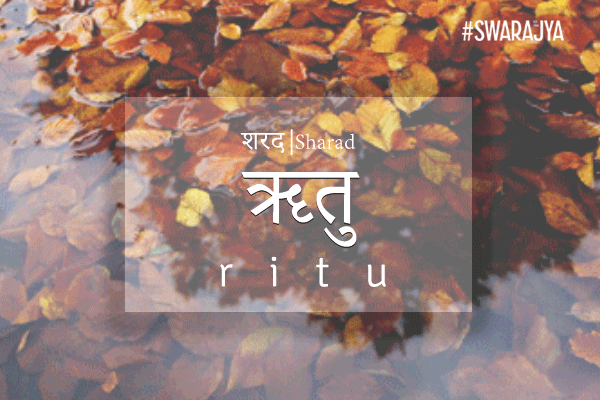
Ahir Bhairav: Pandit Hariprasad Chaurasia and Ustad Zakir Hussain Performing It To Perfection
Raag Ahir Bhairav is said to be the meeting point of Raag Bhairav and ancient, and now rare, raag called Ahiri. Raag Ahiri is now mostly sung only in the Carnatic tradition.
We have spent a few weeks exploring the beauty and the meditativeness of Raag Bhairav. We discussed how, according to legends, Raag Bhairav is the first raag to have been created by Lord Shiva himself, lending the raag his own name. We explored how the raag goes so effortlessly with both classical (Dhrupad and Khayal) and devotional genres. Sharad Ritu inspires the stoic nature of the raag. But the genes of Raag Bhairav are easily found in some of its sibling raagas. One of the most prominent jod raagas with Raag Bhairav as the main influencer is Raag Ahir Bhairav.
It is said to be the meeting point of Raag Bhairav, along with an ancient, and now rare raag called Ahiri. Raag Ahiri is now mostly sung only in the Carnatic tradition. One can also say that Ahir Bhairav is a result of the meeting of Raag Bhairav and Raag Kaafi. However, it chooses to remain in the thaat of Bhairav. The first half of Raag Ahir Bhairav is exactly like Raag Bhairav, and the second half is like Raag Kaafi. The aaroha (ascend) and avaroha (descend) look something like this.
Aaroha: Sa re Ga ma Pa Dha ni Sa’
Avaroha: Sa’ ni Dha Pa ma Ga re Sa
As you may have noticed, the second and the seventh notes are flattened (rishabh and nishad), while the rest remain natural. Sung usually in the first prahar of the day, Ahir Bhairav is an early morning raag, that paints a beautiful, serene picture of a reflective, introspective sunrise.
On previous occasions, we’ve heard the confluence of many a raagas, and numerous artists. The two artists that we are going to be listening to, today are probably two of the most iconic pillars of Hindustani classical music – Pandit Hariprasad Chaurasia and Ustad Zakir Hussain. We deliberately aren’t going to be talking about any other rendition today, but this. Please put everything aside, give yourself an hour, and immerse yourself in this beatific music.
This recording dates back to 1974 when Hari ji (36) performed with a youthful, zestful, unstoppable 23-year-old Zakir Hussain in Fairfax, United States of America. The maestros go about the performance in a traditional format. You will notice Hariji do a fairly long alaap and a jod alaap in the first half hour of the rendition. Ustad Zakir Hussain enters the performance on the thirtieth minute (as if planned in a studio session), with his innovative scintillating playing, beginning with a slow gat in rupak taal (seven beats), moving on to a drut (fast) bandish in teen taal (16 beats).
When you listen to the rendition, you realise that the two prodigies are bringing their A game on, leaving the audiences dazzled by their performance. Hariji’s sheer control over the raagas is astounding, as is the razor sharp precision of Zakir Hussain’s rhythm. While the inventiveness of Pandit Hariprasad Chaurasia is unmatched, Ustad Zakir Hussain, like always, creates such a beautiful, flawless synergy with Hariji, that it seems like they’ve planned every moment of the performance (which is impossible to do in Hindustani Classical format). At 56:25 is a minor example of the kind of single-mindedness the two exhibit. Together, almost as one, they beautifully take the audiences on an hour-long soulful journey. Zakir Hussain’s improvisations at 44:50, 50:56, 54:50 and 1:00:15 are breathtaking.
While this rendition of Raag Ahir Bhairav is one of the best you will come across, there are a lot of other artists that have performed this raag. In fact, the raag has been used often in Bollywood films as well. But we must pace out these things, mustn’t we? So, until next time. May you have a great week of great music.